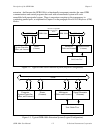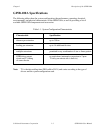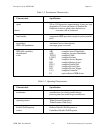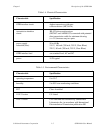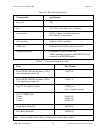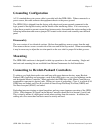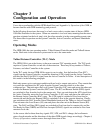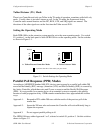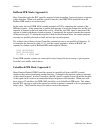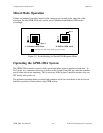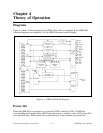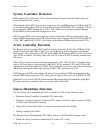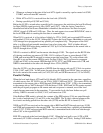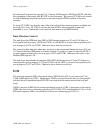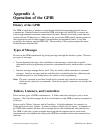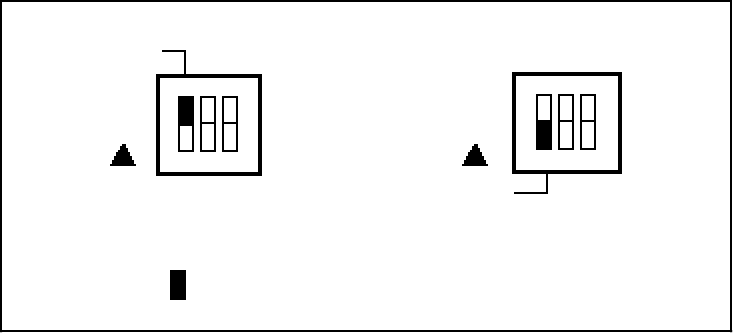
Configuration and Operation Chapter 3
GPIB-100A User Manual 3-2 © National Instruments Corporation
Talker/Listener (TL) Mode
There is no Controller and only one Talker in the TL mode of operation, sometimes called talk only
mode. Usually, there is just one Listener as well. In the TL mode, the System and Active
Controller states remain inactive and the IFC, REN, ATN, and SRQ signals are unused. The
directions of the other signals are set the first time the Talker asserts DAV.
Setting the Operating Mode
Both GPIB-100As in the extension system must be set to the same operating mode. Use switch
S1, position 1, on the back panel of each GPIB-100A to set the operating mode. Set the switches
as shown in Figure 3-1.
T/L/C
A. Talker/Listener/Controller Mode B. Talker/Listener Mode
O
N
O
N
T/L
123
123
represents the side of the switch you press down
Figure 3-1. Switch Settings for Operating Mode
Parallel Poll Response (PPR) Modes
According to ANSI/IEEE Standard 488-l978, devices must respond to a parallel poll within 200
nsec after the Identify (IDY) message (Attention (ATN) and End Or Identify (EOI)) is asserted by
the Active Controller, which then waits until 2 µsec or more to read the Parallel Poll Response
(PPR). It is not possible for a remote device on an extended system to respond to this quickly
because of cable propagation delay. GPIB extender manufacturers have approached this in three
ways:
Approach 1: Respond to IDY within 200 nsec with the results of the previous poll of the
remote bus.
Approach 2: Ignore the 200 nsec rule and assume the Controller will wait sufficiently long to
capture the response.
Approach 3: Do not support parallel polling at all.
The GPIB-100A uses either Approach 1 or 2, selected at switch S1, position 3. Set this switch as
shown in Figure 3-2.



